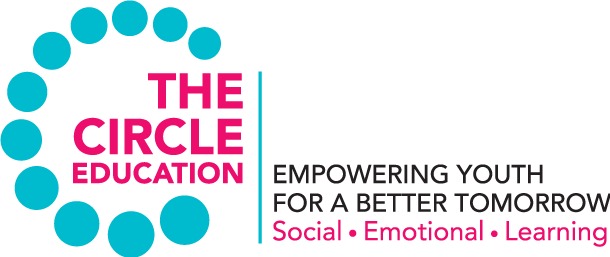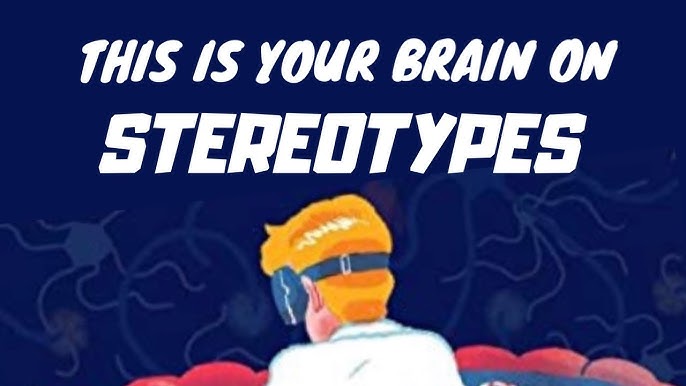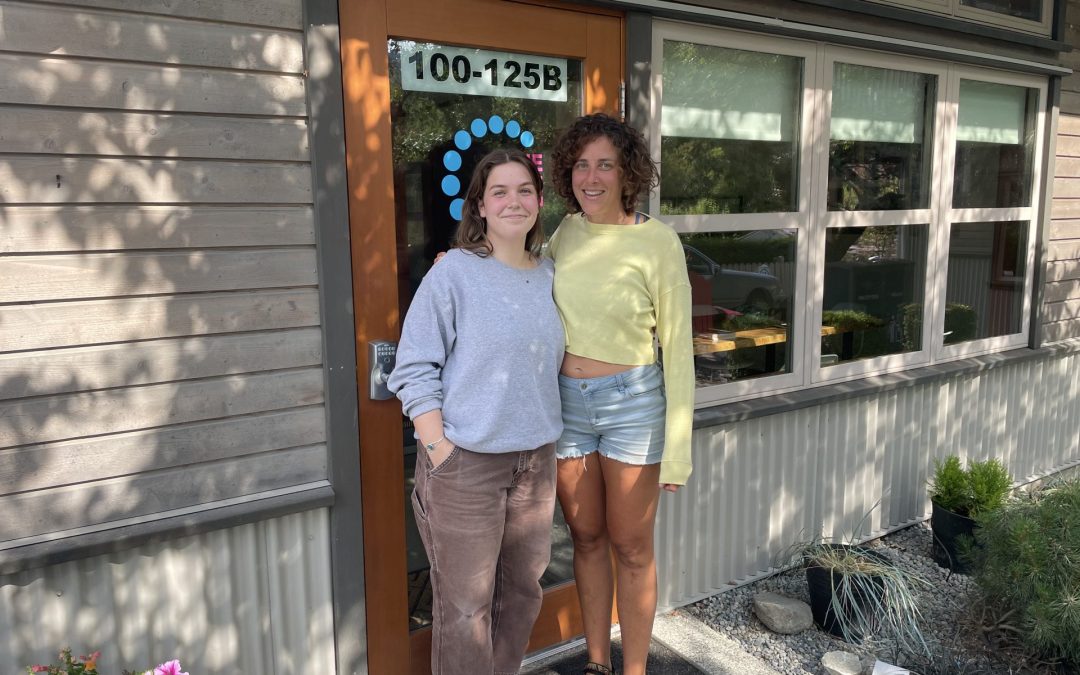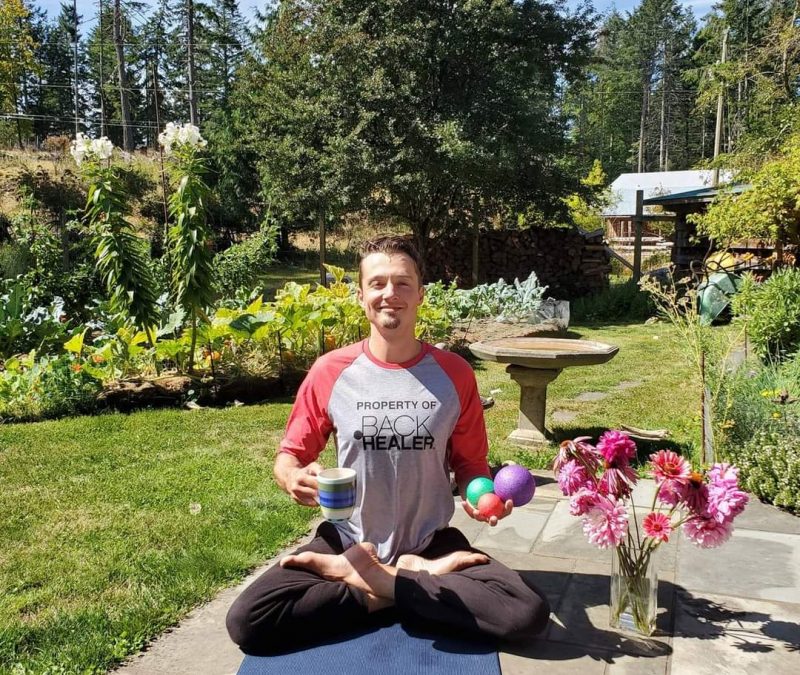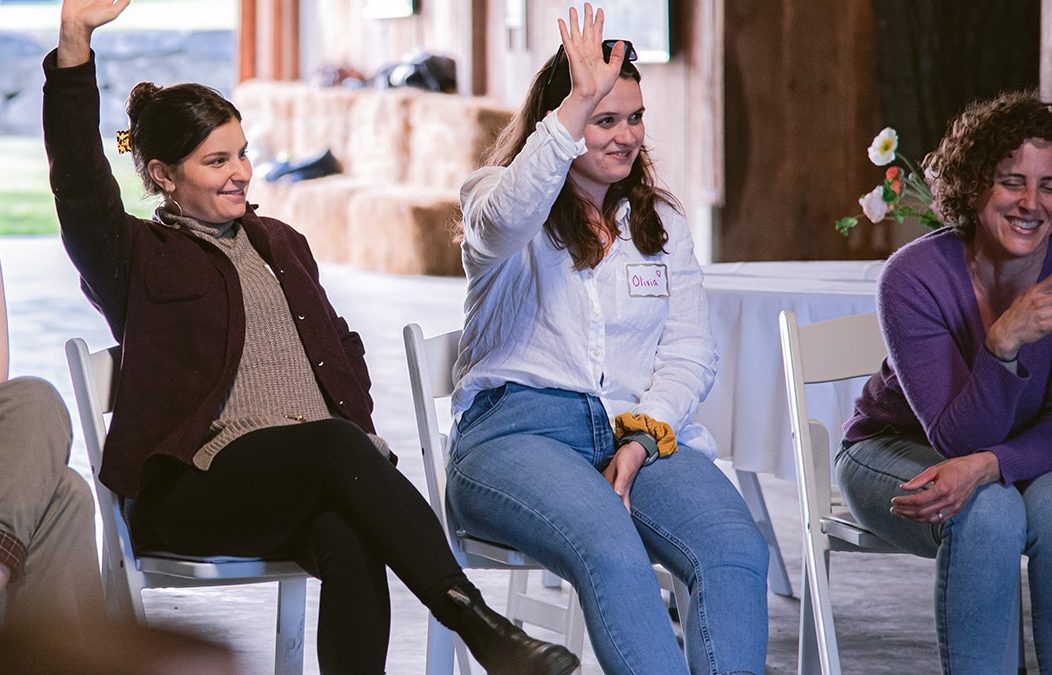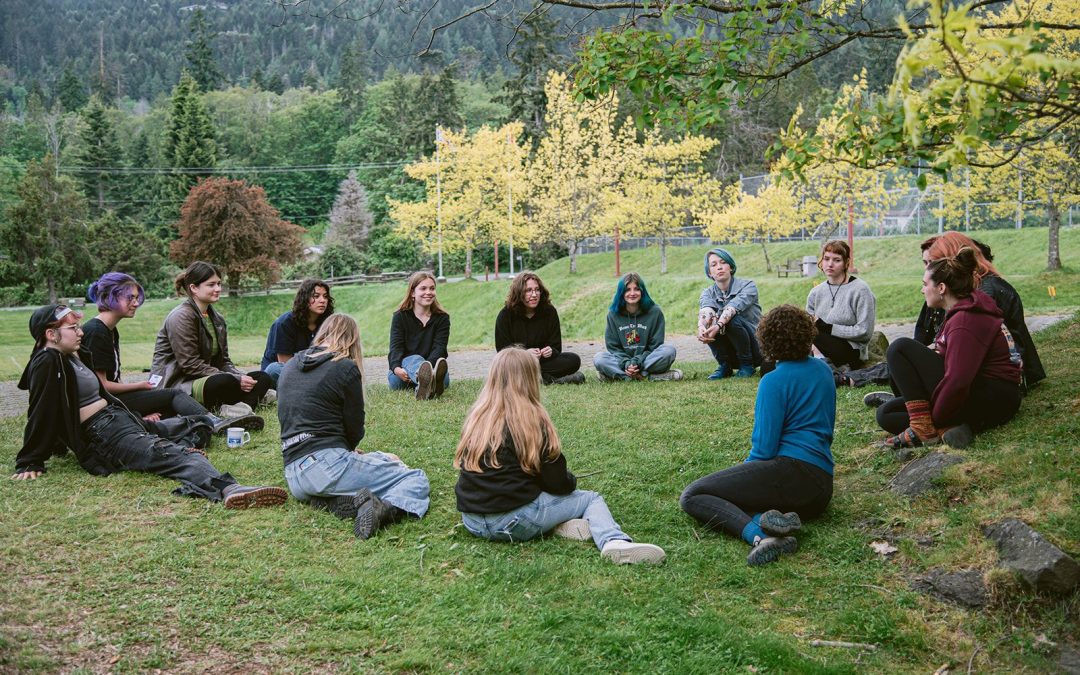Dating violence is up across Canada according to a recent Statistics Canada report. The numbers, which encompass a wide range of relationships (boyfriends and girlfriends, exes and many permutations of intimate entanglements), were compiled from police reports from urban centres, and they exposed a troubling trend: Victim numbers doubled to 17,028 in 2010 from 8,596 in 2004. In 2010, victims of dating violence surpassed those of spousal violence: 54,100 to 48,700, respectively.
Much of the violence in dating scenarios happens after the relationship is over (57 per cent of perpetrators were exes, according to another Statscan article from 2008).
Women in their late 20s to early 30s were most at risk; that peaked at 35 to 44 for men. Similar to spousal violence, the dating violence included assault, sexual assault and homicide, as well as threats and criminal harassment. Much of it was “common assault” yielding minor or no injuries (such as verbal threats, pushing, slapping, punching and any injury that requires first aid).
Most commonly, the violence was unleashed at the victim’s home, but younger victims aged 15 to 19 were more likely to be assaulted in public – on a street, or at school.
Staff Sergeant Isobel Granger, head of the partner assault unit at Ottawa Police Services, said the young women she sees often have little concept of what boundaries are acceptable to them. Young women “tend to minimize” the behaviour of boyfriends who cyberstalk them, text them obsessively, or demand they refrain from going out alone or with girlfriends. “They give away pieces of themselves. By the time they realize it, they’re in their late 20s, and they think, ‘Well, this is not right.’
The following teen violence awareness poster, by Gina Proietto, was the winner of a 2011 competition put on by Laurel House, a comprehensive domestic violence agency based in Montgomery County, Pennsylvania, USA. The competition was open to all Montgomery County
